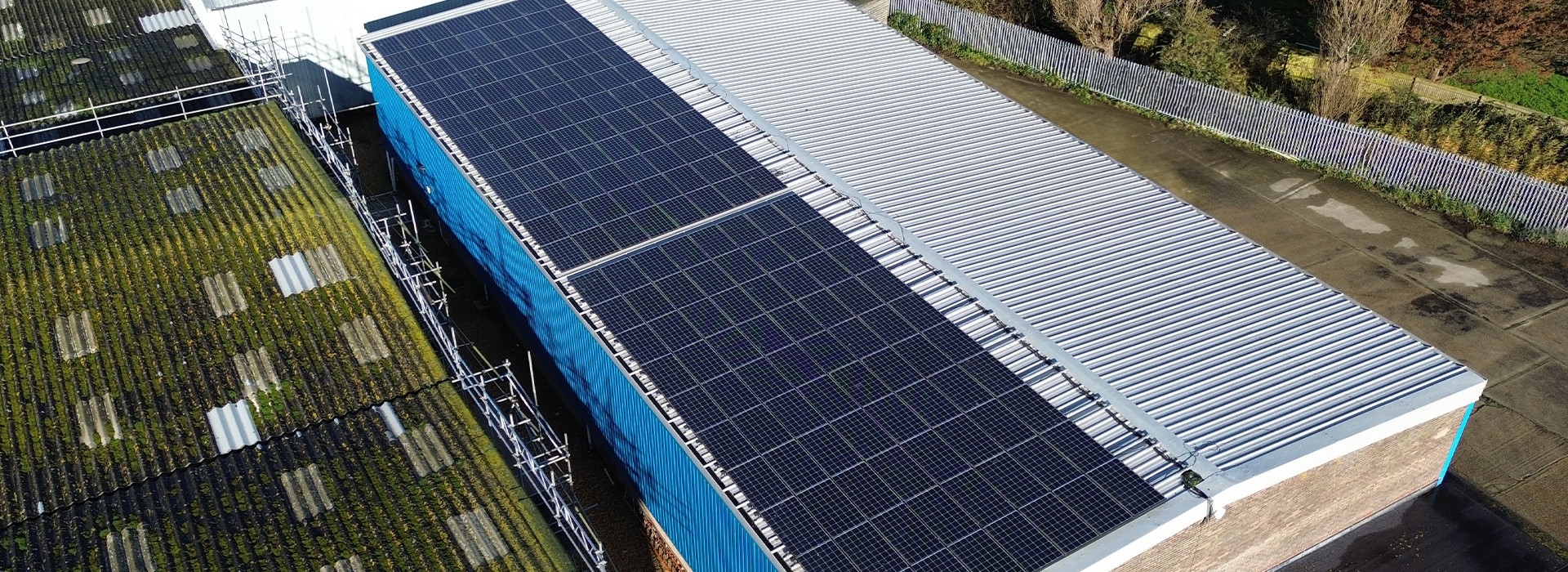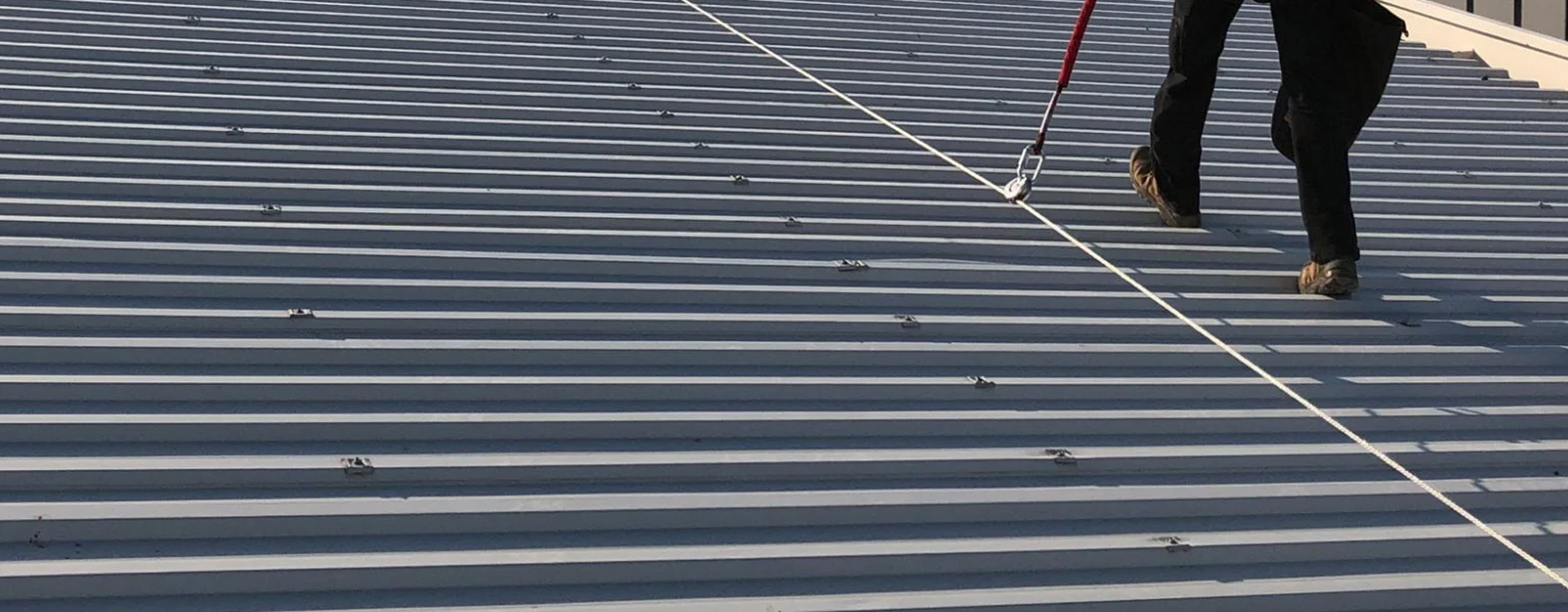- Roof Stability – Is the roof strong enough to support the weight of a human. Are the trusses intact? Will the roof bow on a hot day? Check the underlayment before going onto the roof.
- Ladder Security & Placement – Is the ladder secure and at a 4:1 angle, are the feet secure, the top above the roofline and tied securely. A number of fatalities occur each year because of a poorly placed ladder.
- Weather Conditions – Ice, snow, and wind are always a hazard on a roof if the shingles or other surfaces are slippery. Membrane roofs are especially slippery in wet conditions and should be avoided under these circumstances.
- Roof Holes – Unguarded skylights and poorly covered holes. Without fall protection, an open hole on a roof can be just as deadly as the roof edge.
- Edge Awareness – Losing the edge of the roof can be a problem when you are engaged in roof work. Some employees get so wrapped up in their project that they forget where the roof edge is.
- Improper Training – If there is someone on the roof who has not been properly trained, they are a rooftop safety hazard and could cause serious injury to themselves or others.
- Improper Use of Fall Protection Equipment – Such as: poorly anchored railing, lanyard too long, or weak tie-off point.
- Poor Line of Sight – Ridge vents, chimneys, shingle bundles may block egress on a roof.
- Pitch – The steeper the roof is, the easier the fall. Ensure that the fall protection and shingle bundles are secure before setting foot on the roof.
- Split Level Roofs & Fall Heights – Employees engaged in roofing activities on low-slope and split-level roofs with unprotected sides and edges 6 feet (1.8 meters) or more above lower levels should have the proper fall protection equipment.

Why You Should Speak to Professionals About Fall Protection for Your PV Panel Roofs
As the world increasingly embraces renewable energy, photovoltaic (PV) panels have become a staple for


